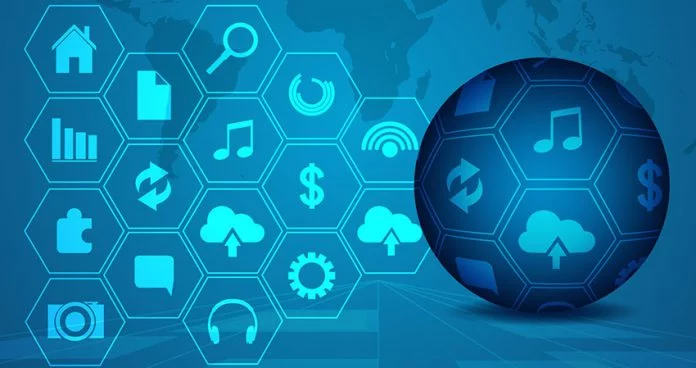The Internet of Things (IoT) is basically connecting numerous devices and appliances across the globe, and this new trend has been growing exponentially.
Experts estimate the IoT market will grow by USD 1.17 trillion in 2024 and it is likely to reach a whopping USD 2.37 trillion by 2029. It reflects how the companies across the industries have employed this technology.
IoT devices have embedded sensors, which help them communicate with each other and pursue a series of actions based on the data collected, locations recognized, and movements detected.
All of this is designed to make our lives easier, apparently.
Any device or appliance communicating with another device or appliance is sharing information. So how do they really share this information? Technology is the word.
This brings the devices under the cognizance of IT, and concerns popping out of such communications fall under the umbrella of the IT service management (ITSM) team.
As technology evolves and IoT outstretches its roots across consumers, enterprises, and industries, it will radically impact the way we deploy IT services.
IoT will empower service management in numerous ways. Data collected from IoT devices can help organizations enhance service management.
Here are a few ways in which IoT will impact IT service management (ITSM):
-
Escalated Quantity of Incidents
Today, we all know how much intricacy smartphones and other new devices have created.
The emergence of new mobile operating systems and devices has led to a massive incursion of incidents as small bugs become known when applications and services interact with each other in diverse situations.
Now, throw in new IoT APIs, monitoring devices, robots, wearables, and automated building control systems into the configuration. It takes no genius to understand that incidents are bound to escalate.
-
Complexity in Change Management
New devices interacting with the network will mean more configuration items that can be adversely impacted by a change.
This surge in devices and their interdependence will create a need for increased visibility.
-
New Security Concerns
One key issue created by the IoT is the interaction of devices with one another and automatically responding to what they have learned.
So, it means a hacker accessing a network illegally may be able to accomplish more than just stealing data.
That individual could not only steal any safety-related information but also change the configuration of IoT devices or feed them false data to adjust how they interact with the physical world.
This way wrongdoers can use robots to harm people, force temperatures to rise to damaging levels in locations where climate control is vital, or do some severe damage. It’s just like some Sci-Fi movies. Isn’t It?
Recommended For You:
Will Blockchain Empower Artificial Intelligence
Cloud Computing with AWS – An Introduction to Amazon Web Services

